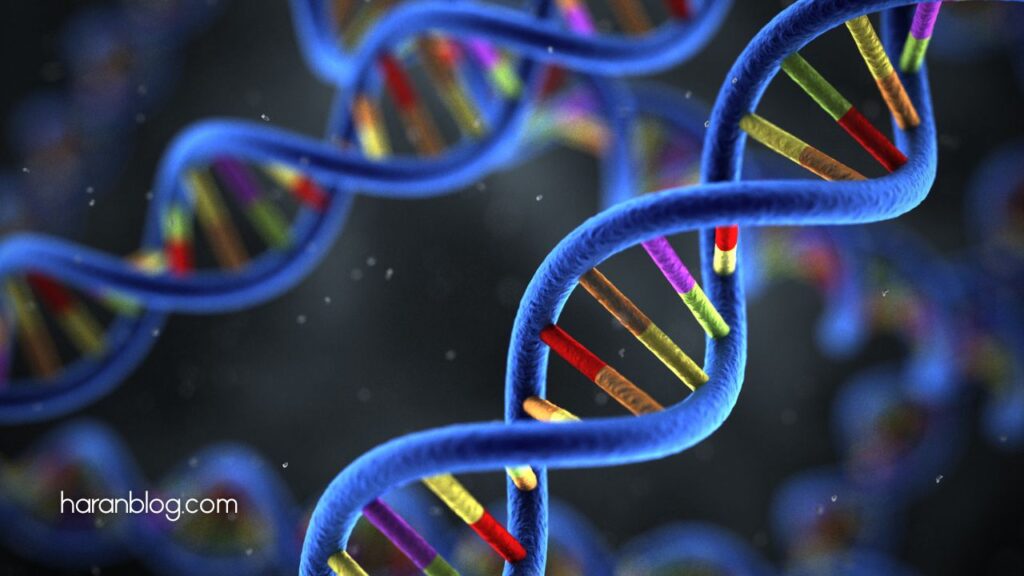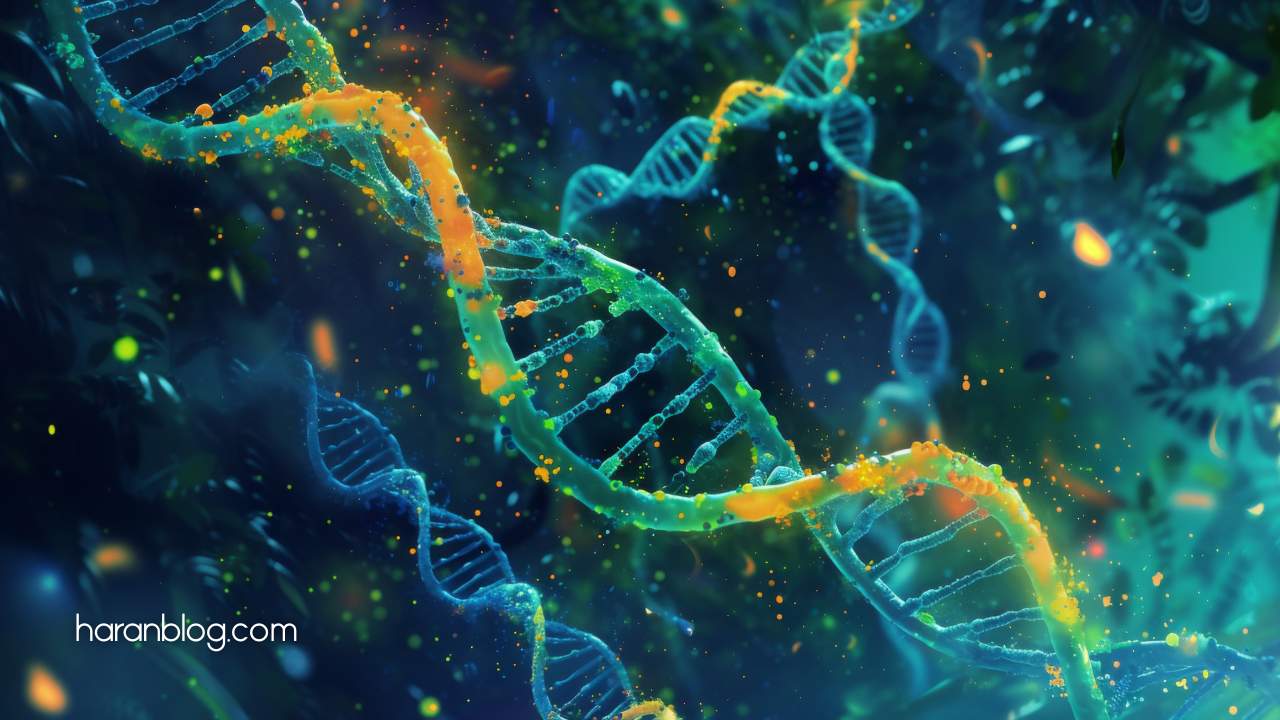Imagine a world in which we could easily alter faulty DNA, as we could fix a typo in a document. This is exactly being enabled with CRISPR technology.
Rare genetic diseases are radically changing with gene editing hitherto devoid of treatment. However, exactly how does CRISPR work and why is it so successful in fixing these disorders? Let us start right now.
Understand CRISPR
Define CRISPR
Renowned gene-editing technique CRISPR (Clustered Regularly Interspaced Short Palindromic Repeats) allows scientists startlingly precisely to change DNA sequences.
To learn more about groundbreaking gene therapies, check out how a gene therapy trial is restoring hearing in children born deaf.
How is CRISPR operated?
Using a specialist protein called Cas9, CRISPR targets certain DNA sequences. The technique calls for:
- Discovering the faulty gene.
- Guiding the Cas9 protein toward the DNA sequence.
- Cutting the faulty component.
- Modifying or repairing the gene using natural biological mechanisms.

The Evolution of Editing CRISPR Genes
Originally thought to be a defensive system against viruses, CRISPR first turned up in bacteria. Its adaptation for genetic engineering has changed biotechnology, medicine, and agriculture.
Treating Genetic Disorders with CRISPR
For rare genetic diseases, CRISPR shows especially great promise since it offers:
- Precision: Targets just the affected genes without altering the DNA in healthy cells.
- Efficiency: Accelerates traditional gene editing.
- Possibility of a Permanent Cure: Once the gene is corrected, the modification stays lifetime.
Uses of CRISPR in Special Rare Diseases
Sickle Cell Disease
Using CRISPR, blood-forming stem cells are being modified to produce normal hemoglobin, therefore easing the severe symptoms of sickle cell disease.
Cystic Fibrosis
Once a defective CFTR gene has been corrected, CRISPR could enable those with cystic fibrosis to recover normal lung capacity.
Duchenne Muscular Dystrophy
Long-term treatment seems bright with CRISPR correcting the gene mutation causing this extreme muscle-wasting disease.
Huntington’s Disease
With CRISPR targeted at the faulty huntingtin gene, this inherited neurological disorder could have a breakthrough.
Beta-Thalassemia
Beta-thalassemia is being treated in stem cells by gene repair driven by CRISPR, just as sickle cell disease is being handled here.
Contemporary Breakthroughs and Clinical Research Initiatives
A number of CRISPR treatments show potential:
- A CRISPR-based treatment in 2021 successfully eliminated symptoms of sickle cell disease, therefore curing the patient.
- Clinical trials for patients with beta-thalassemia have shown enhanced blood cell activity.
- Research on refining CRISPR treatments for various genetic disorders never stops.
Safety and Moral Conundrums
Though CRISPR shows enormous promise, it also raises ethical and safety issues:
- Unintentional Mutations: Editing genes could provide unexpected outcomes.
- Long-Term Effects: How alterations in genes would affect things is yet unknown.
- Ethical Issues: Should we alter human embryos, therefore impacting next generations?
The Evolution of CRISPR in Medical Research
With ongoing advances, CRISPR could soon:
- Treat acquired as well as hereditary diseases in scope.
- Gene targeting enabled by artificial intelligence will help to increase precision.
- Become usually provided as a standard medical treatment.
Conclusion
Where none existed before, CRISPR is changing the treatment of rare genetic diseases by offering hope.
Clearly, even if ethical concerns and safety risks still remain, there is potential for life-changing medicines. As science advances, CRISPR may become a standard tool in medicine, therefore changing the course of healthcare.
Frequently Asked Questions
Though it shows promise in treating inherited disorders, most diseases still have CRISPR under experimental stages.
Although total cures still require more research, several treatments have shown long-term advantages.
Normally safe in controlled laboratory conditions, CRISPR causes accidental genetic changes still. Scientists want to raise its accuracy so as to minimize any harmful consequences.
Though they are not yet widely available to the public, some CRISPR-based treatments—such as those for sickle cell disease—are under clinical trials.



